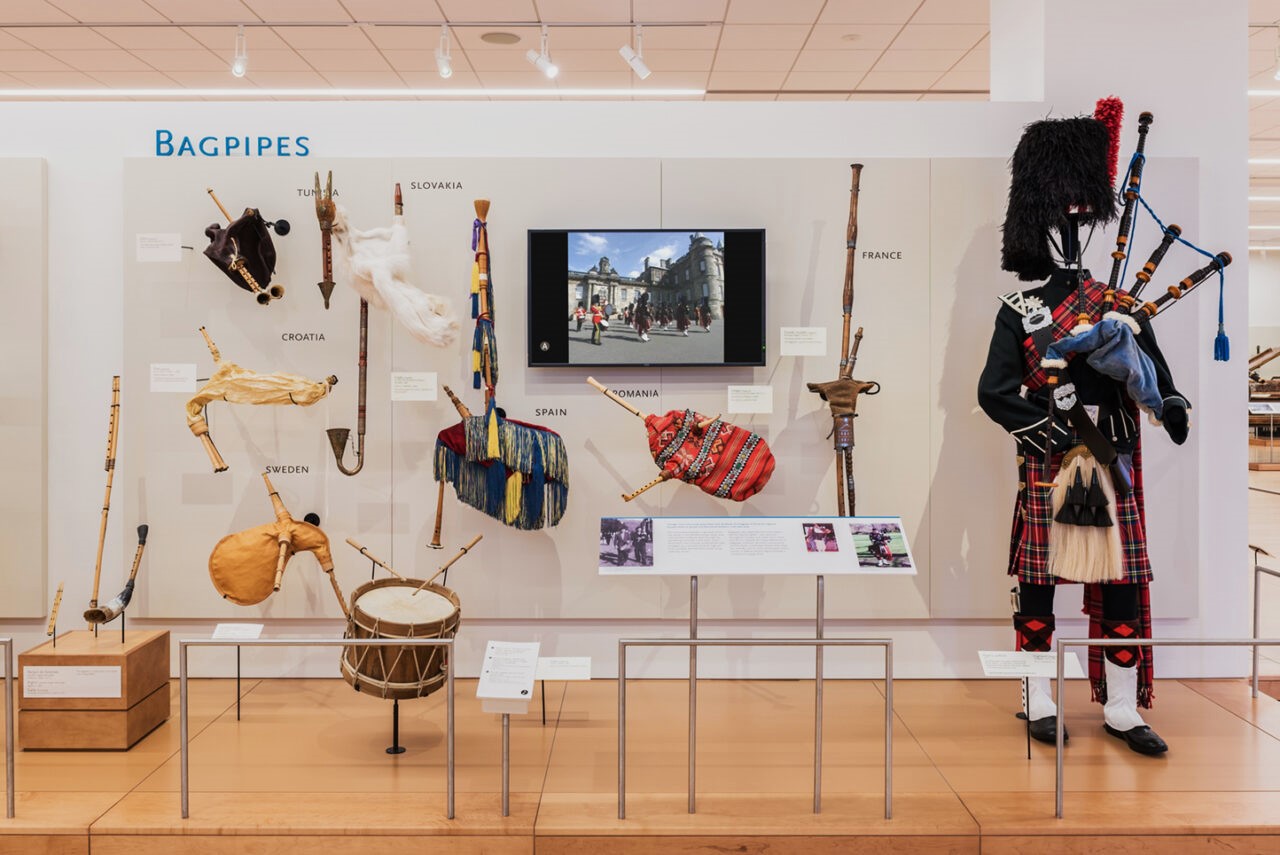World’s Melodies At The Musical Instrument Museum

Have you ever wondered where you can see and hear musical instruments from around the globe? The Musical Instrument Museum (MIM) in Phoenix, Arizona, offers a unique experience for music lovers. This museum showcases over 6,800 instruments from more than 200 countries. Visitors can explore exhibits featuring instruments from every corner of the world, each with its own story and sound. Interactive displays allow you to hear the instruments being played, making the visit both educational and entertaining. Whether you're a musician or just curious about different cultures, MIM provides an unforgettable journey through the world's music.
Discover the World's Melodies at the Musical Instrument Museum
The Musical Instrument Museum (MIM) in Phoenix, Arizona, offers a fascinating journey through the history and diversity of musical instruments from around the globe. With over 6,800 instruments on display, visitors can explore the rich tapestry of sounds and cultures that make up our world. Here are some must-see exhibits at MIM.
Africa Gallery
The Africa Gallery showcases the continent's vibrant musical traditions, highlighting the unique instruments and rhythms that define African music.
Kora: This West African harp-lute, with its 21 strings, produces a mesmerizing sound. Traditionally played by griots, it tells stories and preserves history.
Mbira: Known as the "thumb piano," this instrument from Zimbabwe features metal tines plucked with the thumbs. Its soothing tones are often used in spiritual ceremonies.
Djembe: A goblet-shaped drum from West Africa, the djembe is famous for its wide range of tones. Played with bare hands, it’s a staple in many African musical ensembles.
Asia Gallery
The Asia Gallery offers a glimpse into the diverse musical landscapes of countries like China, India, and Japan. Each instrument reflects the rich cultural heritage of its region.
Erhu: This two-stringed bowed instrument from China, often called the "Chinese violin," produces a hauntingly beautiful sound. It’s a key component of traditional Chinese music.
Sitar: A plucked string instrument from India, the sitar is known for its complex sound and association with classical Indian music. It gained international fame through artists like Ravi Shankar.
Taiko Drums: Originating from Japan, these large drums are played with wooden sticks. Taiko drumming is both a musical and physical performance, often seen in festivals and ceremonies.
Europe Gallery
The Europe Gallery highlights the evolution of Western musical instruments, from medieval times to the modern era. It’s a journey through the history of classical music.
Stradivarius Violin: Crafted by the famous Italian luthier Antonio Stradivari, these violins are renowned for their unparalleled sound quality. They are considered some of the finest instruments ever made.
Bagpipes: Associated with Scotland, bagpipes have a distinctive sound produced by air blown into a bag and then released through pipes. They are often played at ceremonial events.
Harpsichord: A keyboard instrument popular during the Baroque period, the harpsichord produces sound by plucking strings when keys are pressed. It’s known for its bright, resonant tone.
Americas Gallery
The Americas Gallery explores the musical traditions of North, Central, and South America, showcasing instruments that reflect the continent's diverse cultures.
Charango: This small Andean stringed instrument, similar to a lute, is made from the shell of an armadillo. It’s a staple in traditional Andean music.
Steelpan: Originating from Trinidad and Tobago, the steelpan is a percussion instrument made from industrial drums. Its bright, melodic sound is central to Caribbean music.
Banjo: With its roots in African American music, the banjo is a stringed instrument known for its bright, twangy sound. It’s a key element in genres like bluegrass and folk.
Oceania Gallery
The Oceania Gallery features instruments from the islands of the Pacific, highlighting the unique musical traditions of this vast region.
Didgeridoo: This wind instrument from Australia, traditionally made from eucalyptus wood, produces a deep, resonant drone. It’s used in Aboriginal ceremonies and storytelling.
Ukulele: Originating from Hawaii, the ukulele is a small, guitar-like instrument with a cheerful sound. It’s popular in Hawaiian music and has gained global popularity.
Pahu Drum: A traditional Hawaiian drum made from a hollowed-out tree trunk and sharkskin, the pahu is used in hula dances and other cultural ceremonies.
A Symphony of Cultures
The Musical Instrument Museum offers a unique experience. Visitors can explore instruments from around the world. Each exhibit tells a story of culture and history. The museum's interactive displays make learning fun. You can even try playing some instruments. This hands-on approach makes the visit memorable.
The museum is perfect for all ages. Kids will love the Experience Gallery. Adults will appreciate the detailed exhibits. Everyone will leave with a deeper understanding of music. The museum also hosts live performances. These shows bring the exhibits to life.
A visit to the Musical Instrument Museum is more than just a day out. It's a journey through the world's melodies. Whether you're a music lover or just curious, this museum has something for you. Don't miss the chance to explore this musical treasure.

